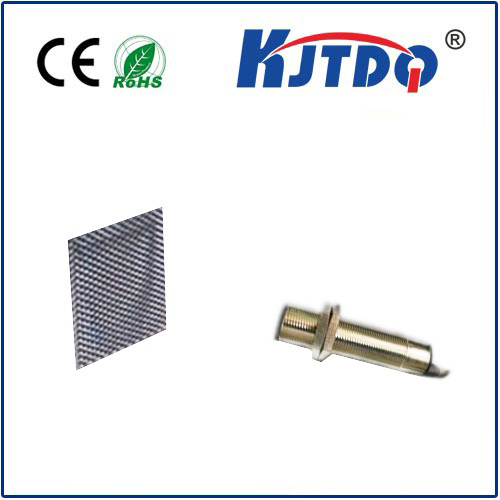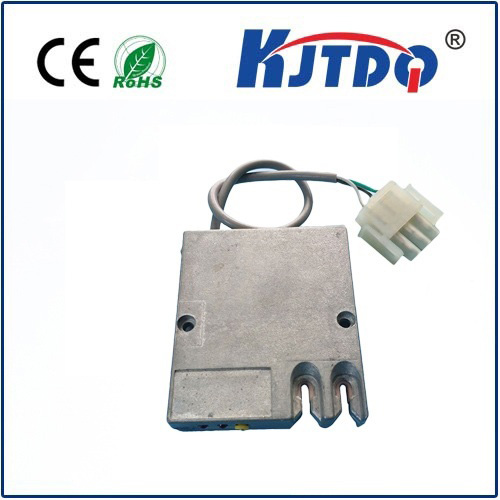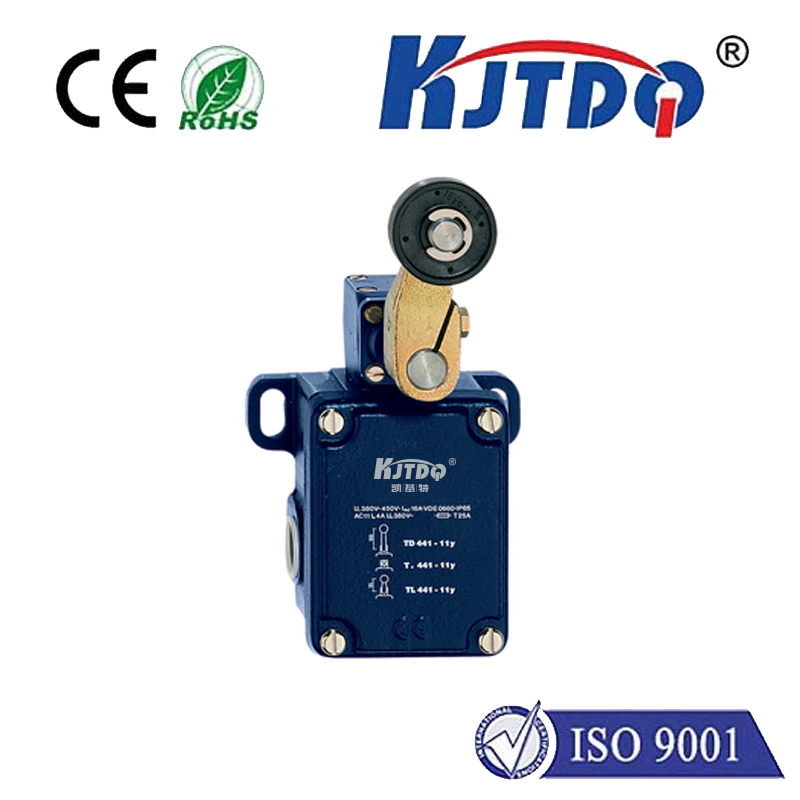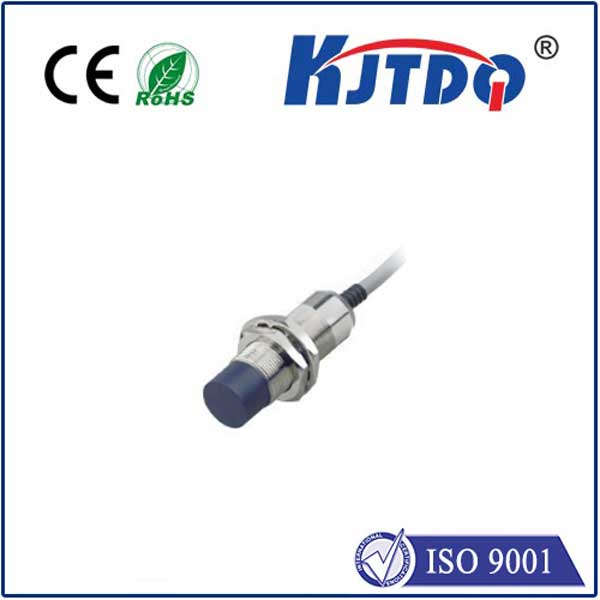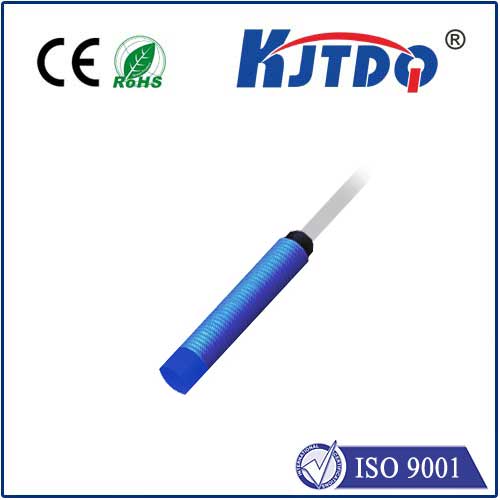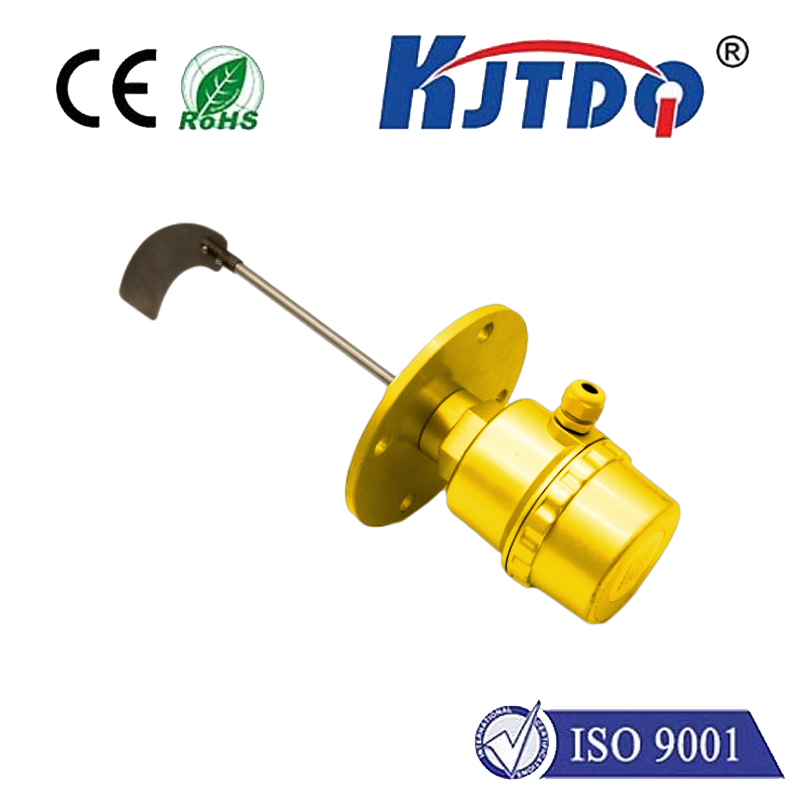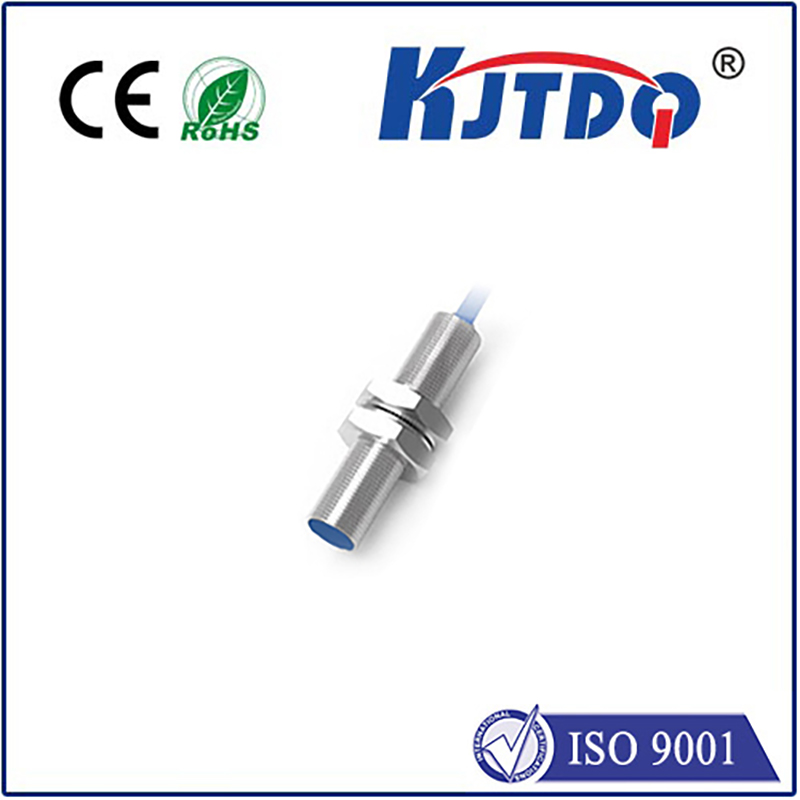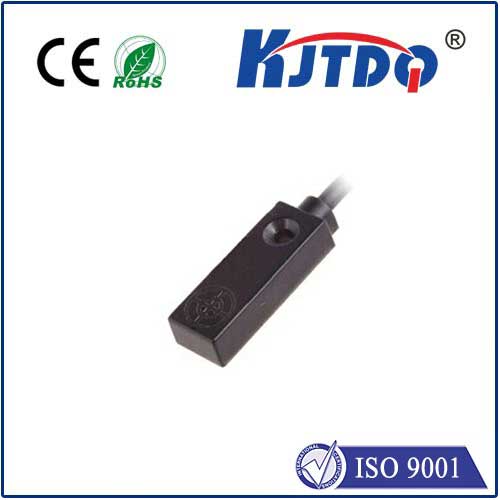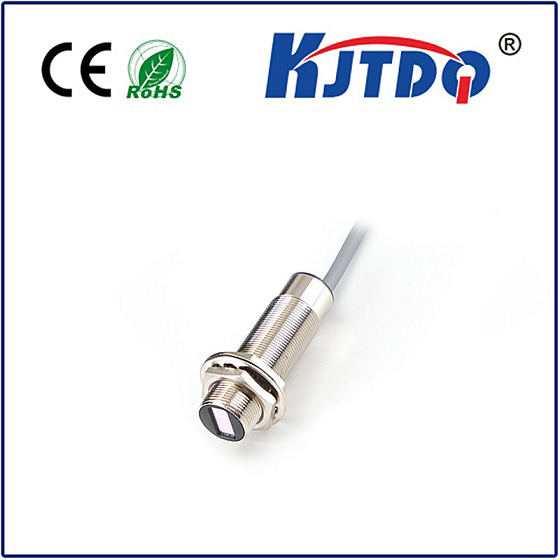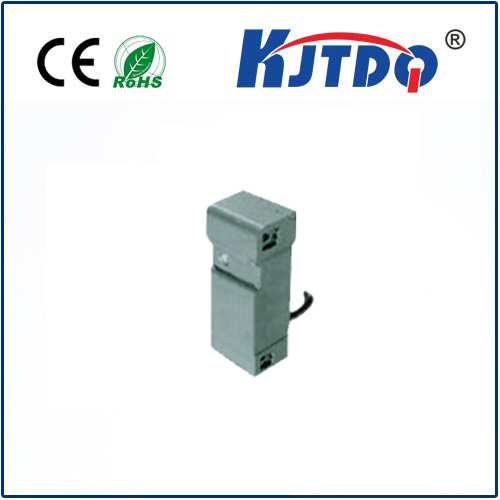
check

check

check

check
Title: Harnessing the Power of Infrared Photoelectric Sensors
Harnessing the Power of Infrared Photoelectric Sensors
In an age where technology is rapidly evolving, the integration of infrared (IR) technology into everyday devices has become a cornerstone of innovation. At the heart of this revolution lies the infrared photoelectric sensor, a remarkable component that has transformed industries by enhancing detection capabilities and enabling advanced features.
The Principles Governing IR Photoelectric Sensors

Infrared photoelectric sensors function based on the principle of photoelectric effect, wherein incident IR radiation is converted into electrical signals. These sensors consist of an IR emitter and an IR receiver. The emitter sends out an IR signal, which bounces off objects and reflects back to the receiver. By analyzing the changes in the reflected signal, these sensors can detect objects, measure distances, and even identify different materials.
Advancements in IR Sensing Technology
One major advancement in IR sensing has been the combination of IR sensing materials with silicon readout circuits. This integration allows for a greater number of pixels, higher frame rates, and more complex functionalities. The enhanced resolution provided by such sensors means they can capture finer details, improving accuracy and reliability in applications ranging from healthcare diagnostics to automotive safety systems.
Applications Across Diverse Industries
The applications of infrared photoelectric sensors cut across various sectors. In the industrial sector, they are used in machine vision systems to inspect products for defects, ensuring high-quality manufacturing processes. For automotive safety, IR sensors form the backbone of night vision systems, allowing drivers to see in low-light conditions. In the medical field, IR sensors have been integral in developing non-invasive patient monitoring devices.
The Future of IR Photoelectric Sensors
As technology continues to evolve, the potential for infrared photoelectric sensors expands concomitantly. Developments like increased miniaturization and power efficiency pave the way for their use in wearable technology and Internet of Things (IoT) devices. Moreover, the advent of artificial intelligence and machine learning offers new horizons for processing the data these sensors provide, leading to smarter and more intuitive systems.
Conclusion
Infrared photoelectric sensors exemplify how technology can transcend its original boundaries, finding applications in numerous fields and improving lives in significant ways. As we move forward, the continued advancement of these sensors promises not only to solve existing challenges but also to create new opportunities for growth and innovation across multiple sectors. The journey of the infrared photoelectric sensor is testament to human ingenuity and our limitless quest for improved sensing technologies, making the unseen visible and the unknown known.
